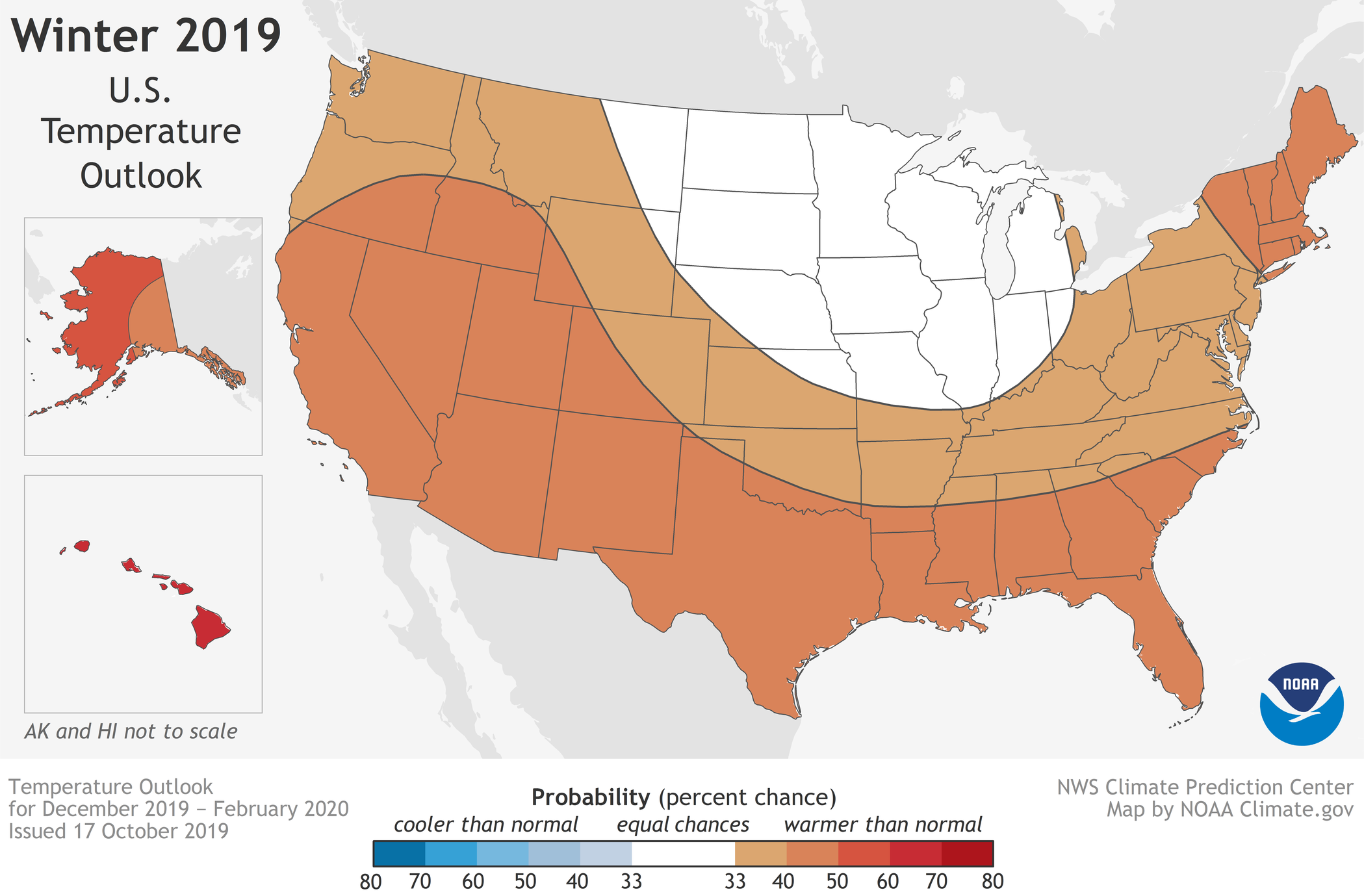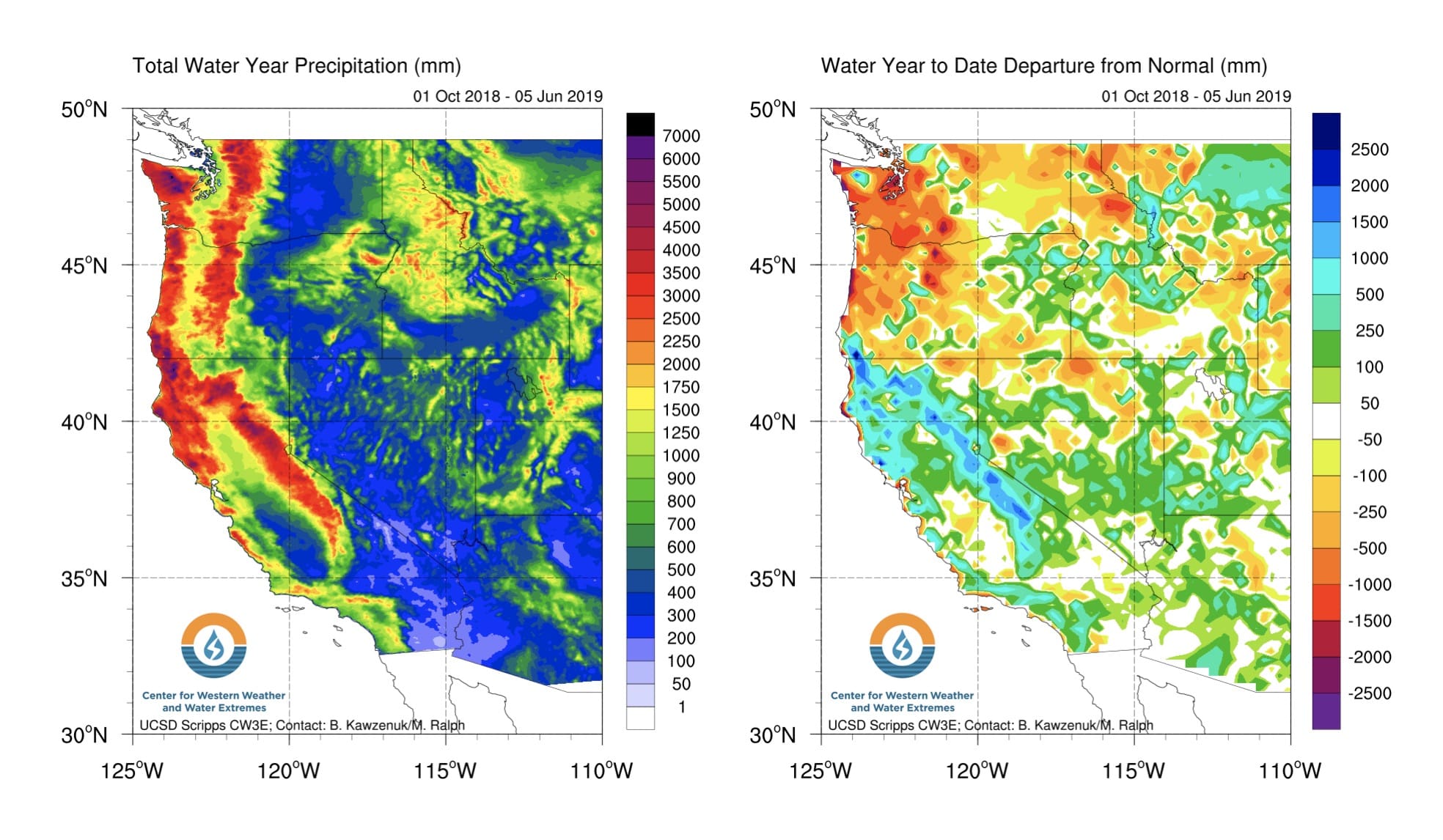

June and July were Puerto Rico’s most significant drought months with over 50 percent coverage Alaska was nearly drought free during most of 2020.ĭespite a cold start to the year in Alaska, the statewide average annual temperature was 27.5☏, 1.5☏ above the long-term average and was the coldest year since 2012. Hawaii’s peak drought extent occurred during November with approximately 74 percent coverage. Much of New England experienced the emergence of drought during the second half of 2020 with marked improvement by the end of the year. and southern to central High Plains throughout 2020 with persistent above-average temperatures and precipitation deficits in place across much of the West. Drought conditions expanded or intensified across much of the western U.S. Extreme (D3) and exceptional (D4) drought covered about 22 percent of the CONUS on December 29 - the largest extent of D3 and D4 drought since August 2012 (24 percent). Drought Monitor (USDM), drought coverage expanded throughout much of 2020 with a minimum CONUS extent of 9.6 percent occurring on February 18 and maximum coverage of approximately 50 percent on December 22. In fact, Utah's 7.23 inches of annual precipitation was 0.89 inches less than the previous record set in 1956.Īccording to the U.S. Nevada and Utah ranked driest on record for 2020 with two additional western states ranking second driest. Below-average precipitation fell across much of the West, northern Plains and parts of the Northeast. North Carolina had its second-wettest year on record during 2020 and Virginia was third wettest. average annual precipitation was 30.28 inches, which is 0.34 inches above the long-term average, ranking in the middle third of the historical record.Ībove-average annual precipitation was observed from the Great Lakes and Plains to the Southeast and Mid-Atlantic regions. Influenced by warm ocean temperatures, Kahului and Hilo experienced a record-warm year in 2020. There were over 106,000 daily temperature records tied or broken during 2020. temperature-related energy demand for 2020 was 31 percent of average and the 7 th lowest value in the 126-year period of record.įor the year, warm daily records outpaced cold records by a margin of approximately two to one. Alabama, South Carolina, North Carolina, Virginia, West Virginia, Maryland and Delaware each ranked warmest on record with six additional states' minimum temperatures ranking second warmest on record.īased on NOAA's Residential Energy Demand Temperature Index (REDTI), the contiguous U.S. The nationally averaged minimum temperature (overnight lows) during 2020 was 42.4☏, 2.4☏ above average and also ranked sixth warmest in the 126-year record. Portions of the lower Mississippi Valley had daytime temperatures that were below average during 2020. Much of the western half and eastern third of the CONUS experienced above-average maximum temperatures for the year with Arizona ranking warmest on record. The nationally averaged maximum temperature (daytime highs) was above average for 2020 at 66.3☏, 2.3☏ above average, ranking as sixth warmest in the 126-year record. There were no areas of below-average annual temperatures observed across the Lower 48 during 2020. Ten states across the Southwest, Southeast and East Coast had their second-warmest year on record. experienced above-average temperatures during 2020. The five warmest years on record have all occurred since 2012. This ranked as the fifth-warmest year in the 126-year record.

was 54.4☏, 2.4☏ above the 20 th century average. Based on preliminary analysis, the average annual temperature for the contiguous U.S.


 0 kommentar(er)
0 kommentar(er)
